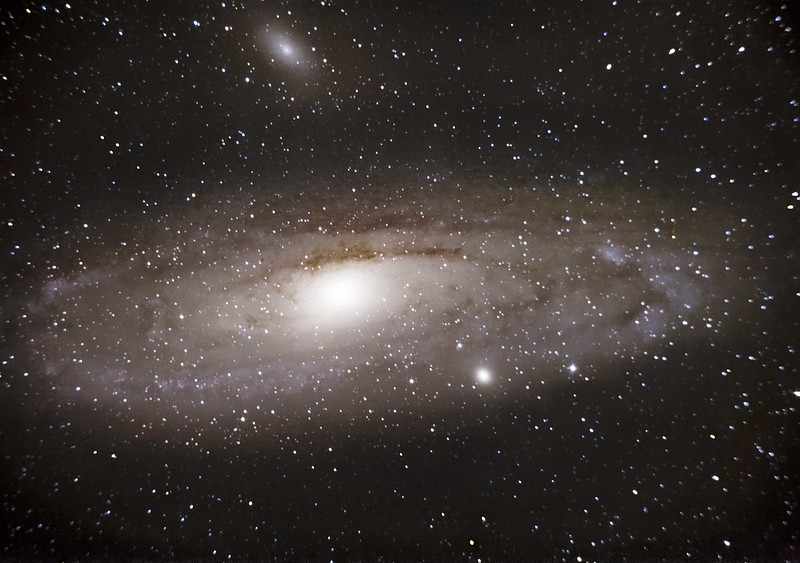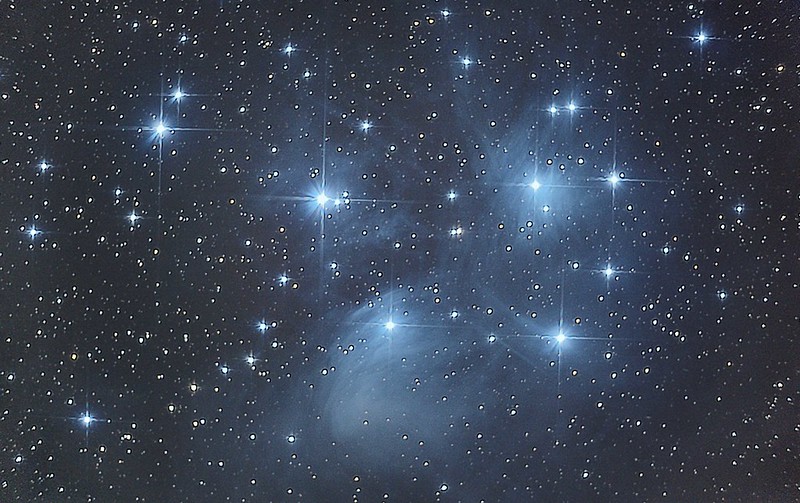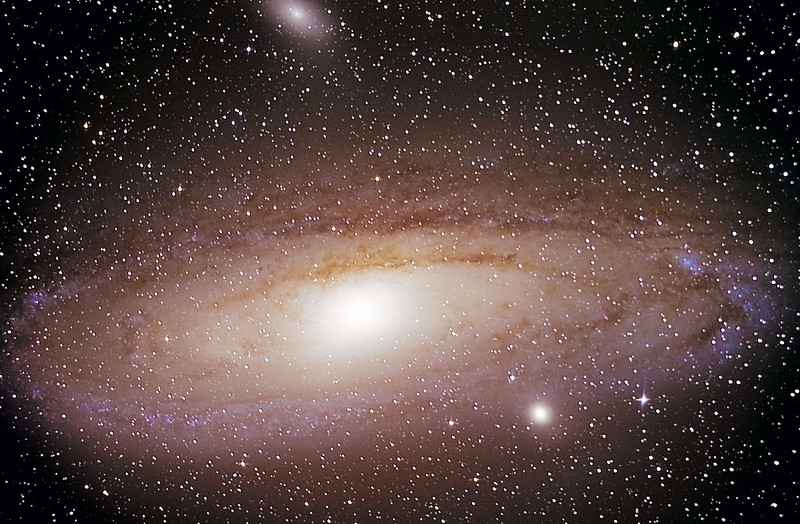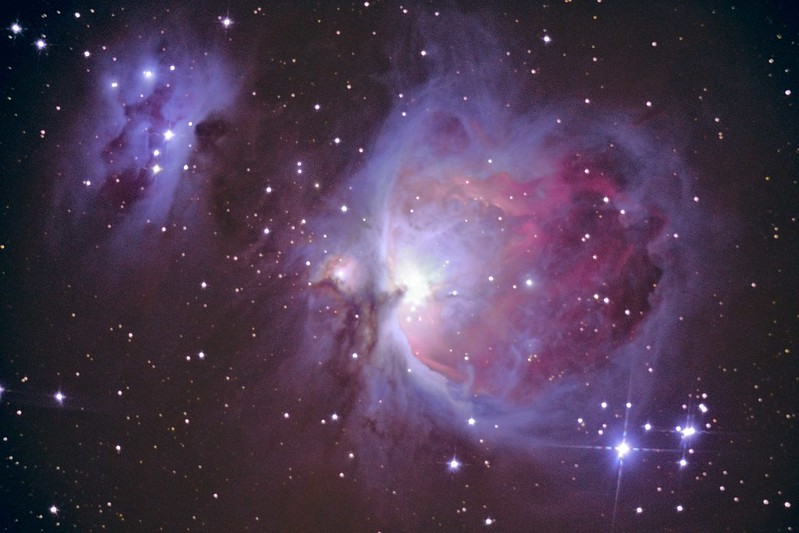ehanes7612
Well-Known Member
Makes me want to get a telescope!
do your research..the key is a good mount for tracking and good glass or a mirror. You can do a lot with 80 mm refractors (especially Triple Chromatics) but you wont see any color through the lens and many nebulae are hard to find. All these images look like smudges, even in my ten inch reflector , except the orion, but you can't see any color.







